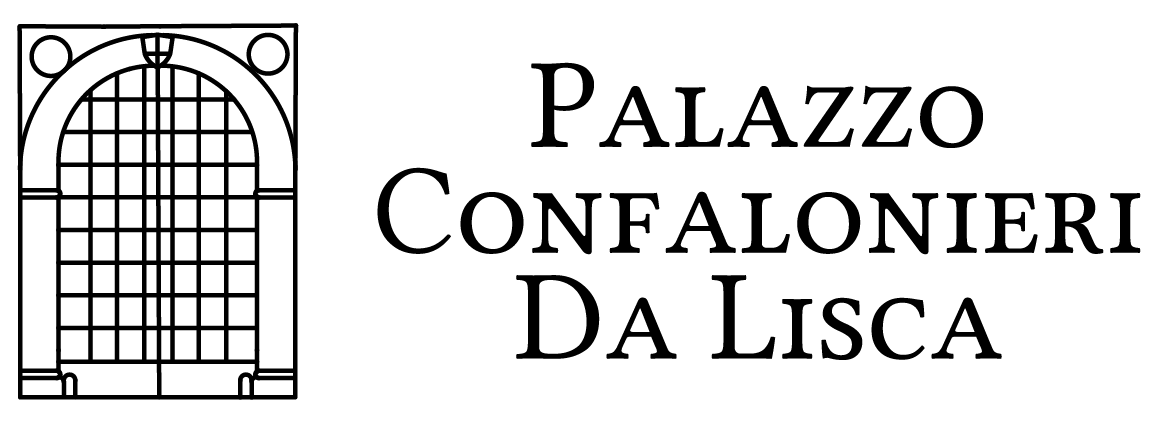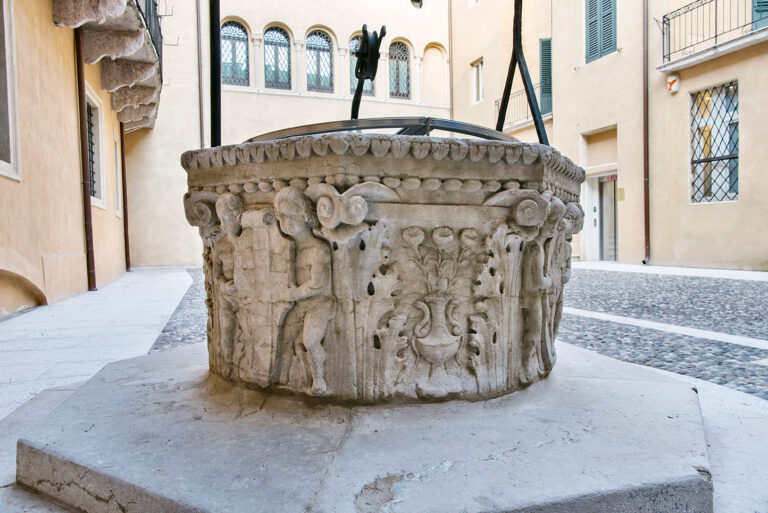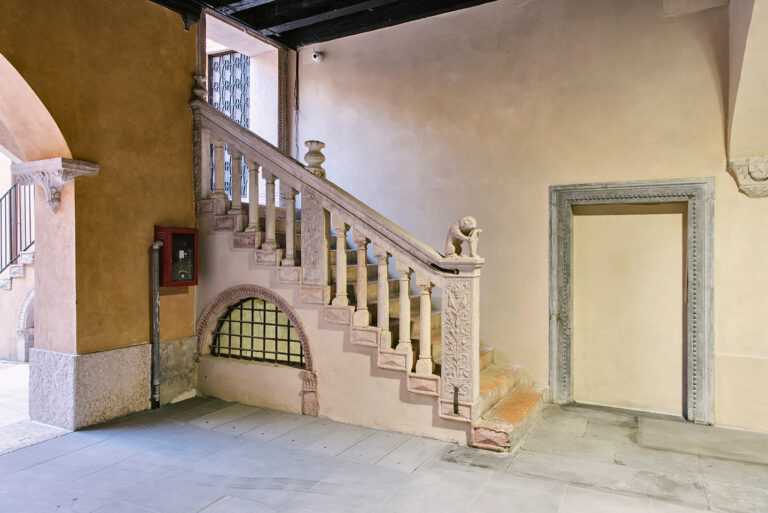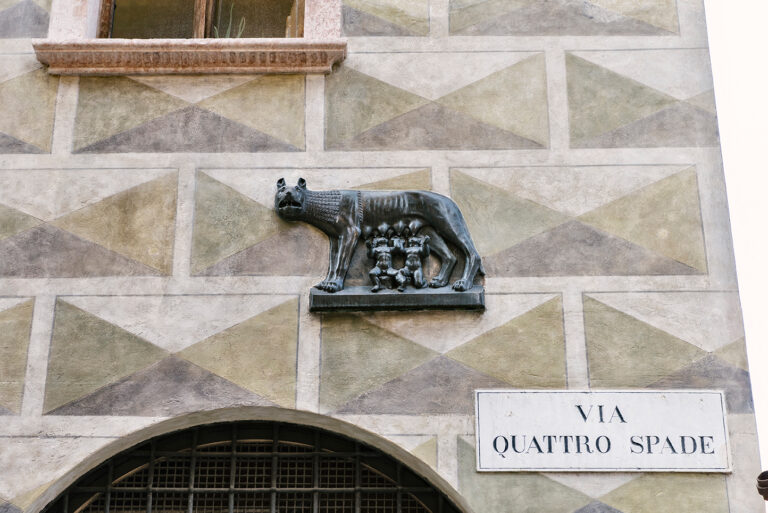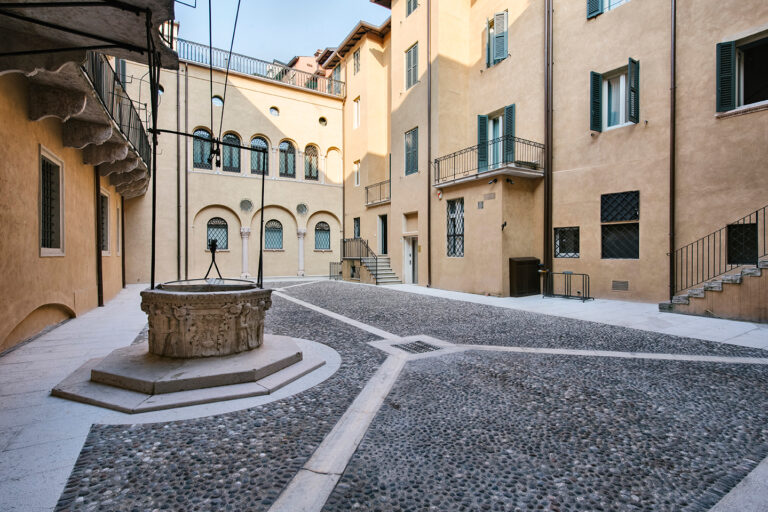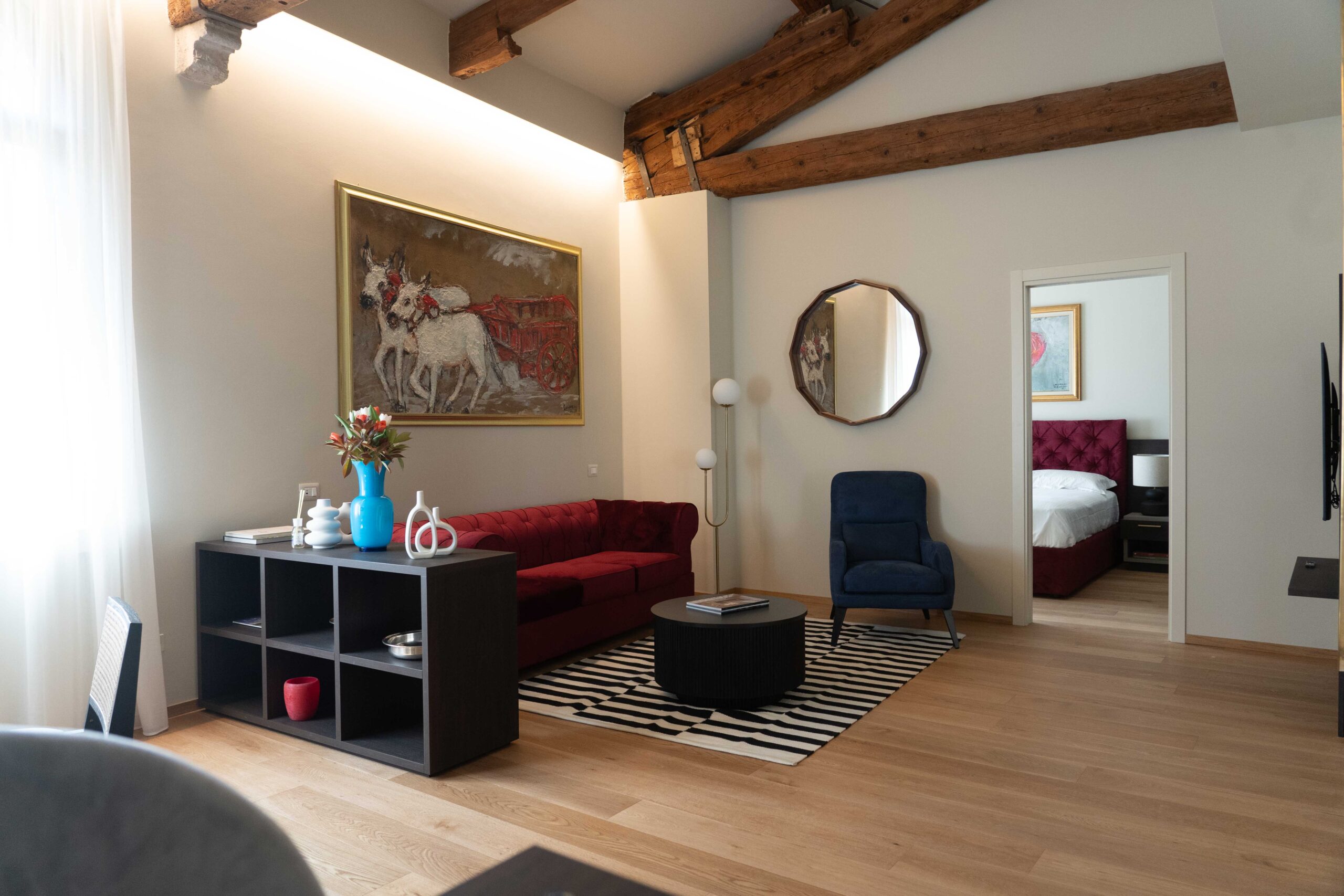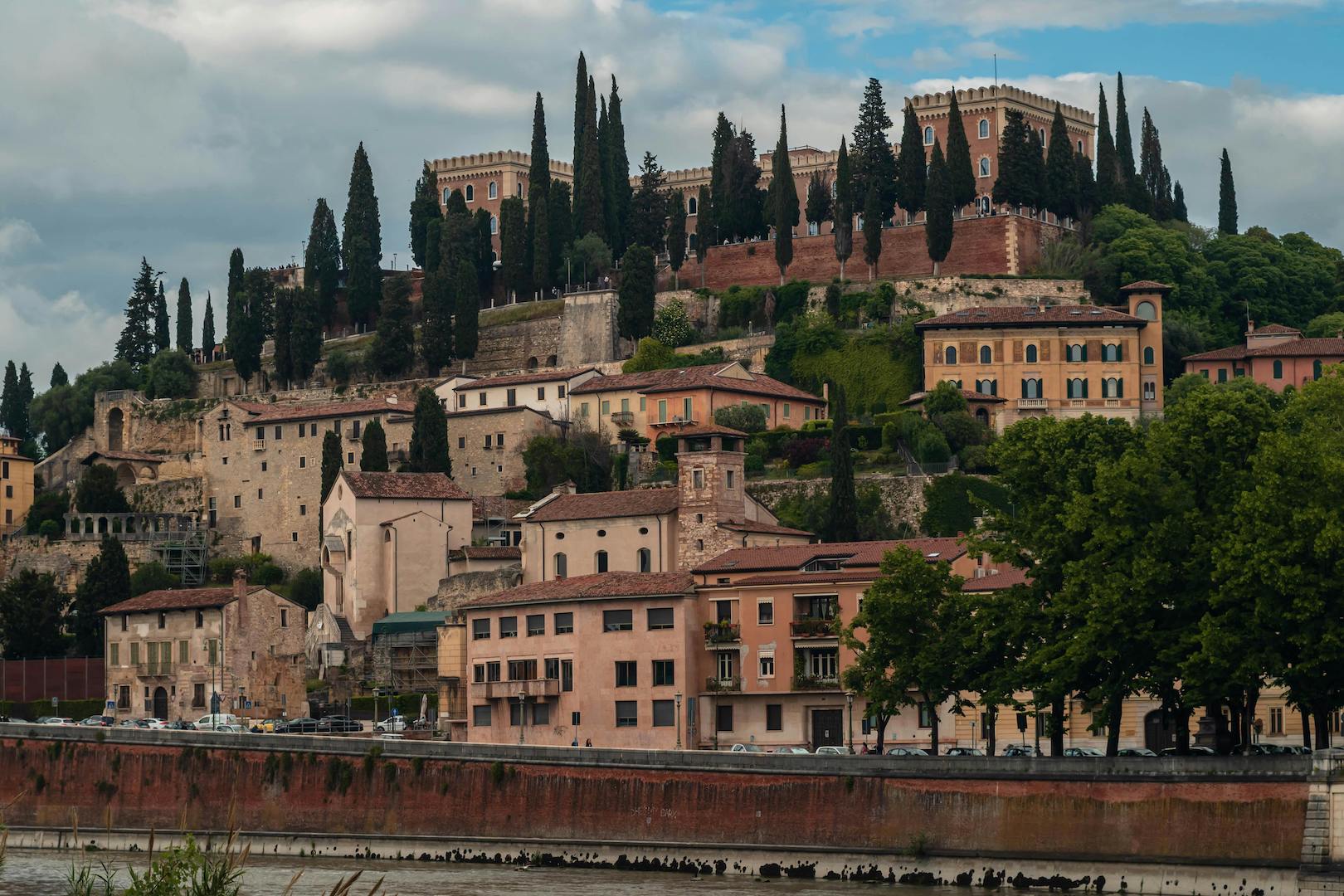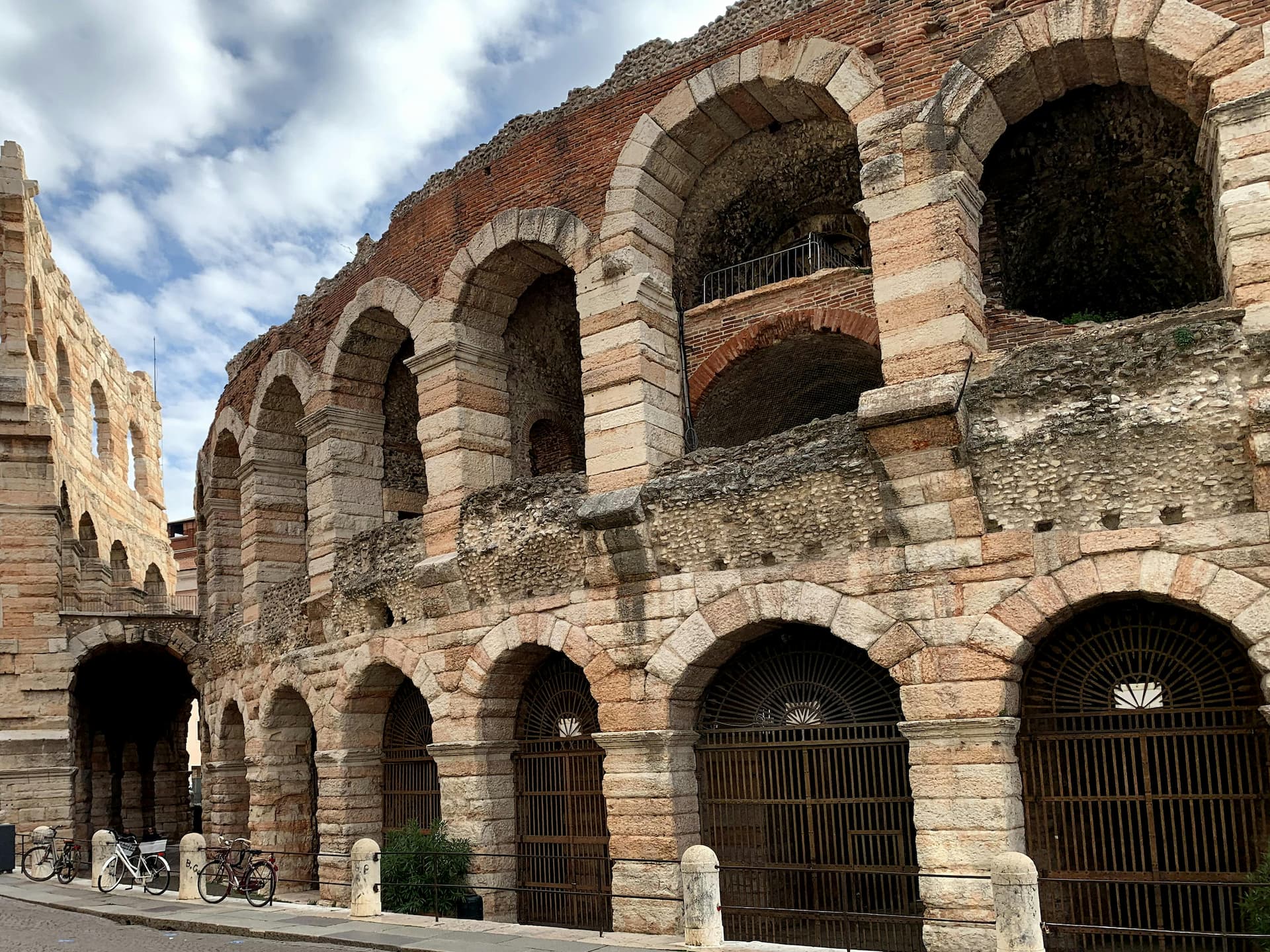History
A perfectly preserved page of Renaissance history in the historic center of Verona: this is Palazzo Confalonieri da Lisca, completely renovated in 2021, a true architectural treasure that holds the essence of a bygone era.
Origins
A member of ADSI – Associazione Dimore Storiche Italiane, which brings together owners of historic properties throughout Italy, it represents an important component of our cultural heritage. The palace retains a precise identity, unique in Europe: for its history, cultural value and close connection with the territory. Framed by “diamond point” decorated walls, this example of 15th-century architecture evokes all the prestige and beauty of the period: the facade, embellished with pink Verona marble and local stone, celebrates the city’s artistic heritage with luxurious details such as acanthus leaves, cherubs’ heads and expertly carved columns.
The imposing entrance door, embraced by sculptures by Veronese artist Angelo di Giovanni (1437-1508), who was active in the city from 1483 in some of the most prestigious religious and civic sites, welcomes guests with a clear reference to Roman triumphal architecture, foreshadowing a journey through time. The classical model of the arch, similar to that of the Augusteum in Rimini, adds further grandeur to the entrance, while two low-relief roundels, depicting a female profile inspired by Livia and a condottiere, offer timeless artistic hospitality. It is these two figures that greet guests to the private interior atrium, while a majestic late Gothic staircase leads them to the apartments of Palazzo Confalonieri da Lisca, where composers and opera stars await.
On the main floor of the palace, eight mullioned windows in pink Verona marble, with round arches and Corinthian pilasters, enchant visitors. Two Verona stone mullioned windows with a central column adorned with acanthus leaves and cherub heads add further elegance to the facade. On the second floor, other mullioned and three-light windows embellish it, completing the architecture of the palace, which over the years has welcomed aristocrats and soldiers, ladies and knights. In the warmer months, the private inner courtyard becomes a cool, quiet place with a picturesque well, while the history of the Palazzo lives on within its walls, housing private residences, exclusive boutiques and the Feltrinelli Library.
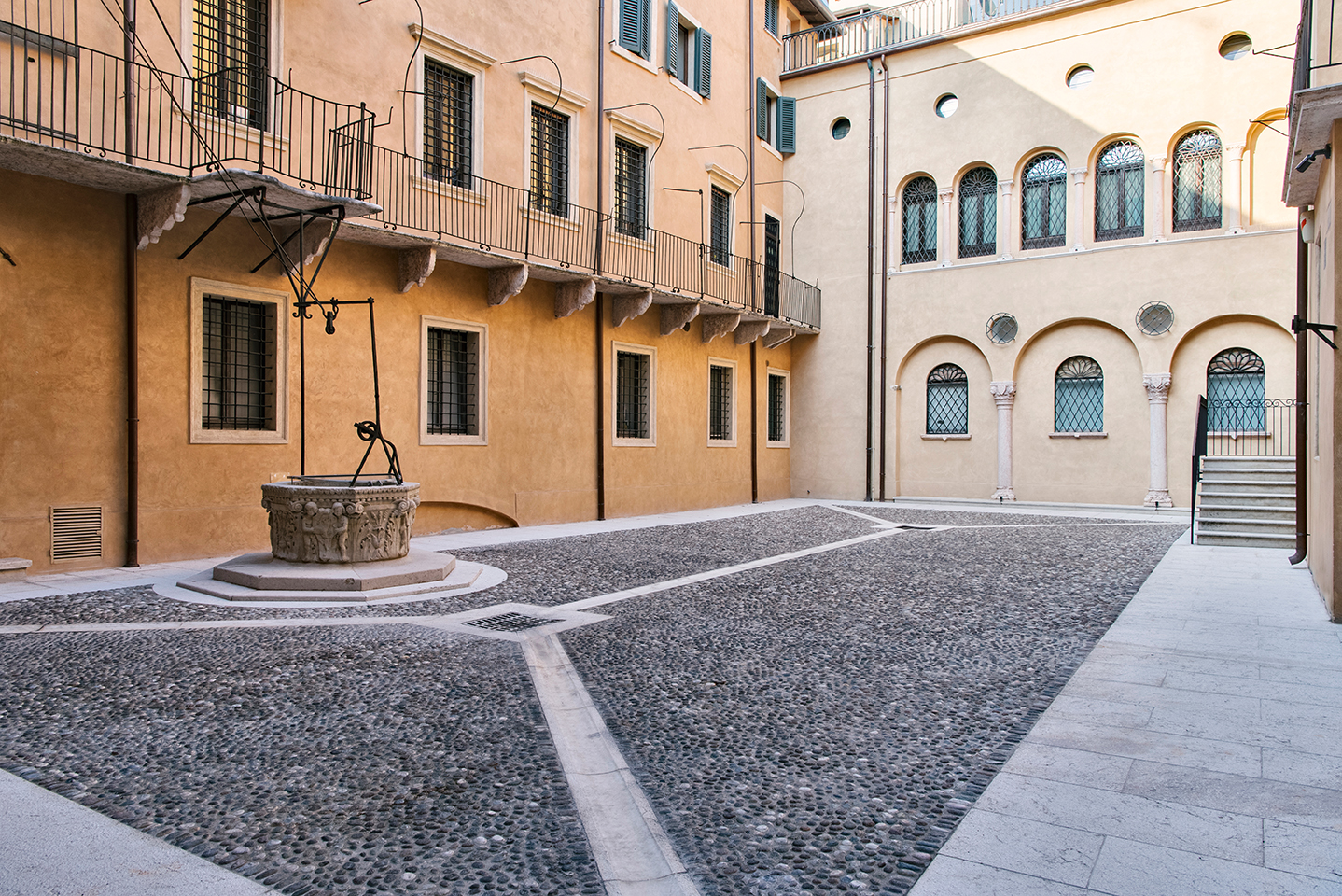
Palazzo Confalonieri da Lisca
Via Quattro Spade, 2, 37121 Verona VR
Email info@palazzoconfalonieridalisca.it
Phone +39 392 99 01 678
Ragione sociale: KOGI SRL, Sede legale: via Isonzo 11, 37126 Verona VR, CF e P. IVA: 01538950237
Ufficio delle Imprese di Verona, Numero di iscrizione al REA: 183404, Capitale sociale: 400.400€ interamente versato
